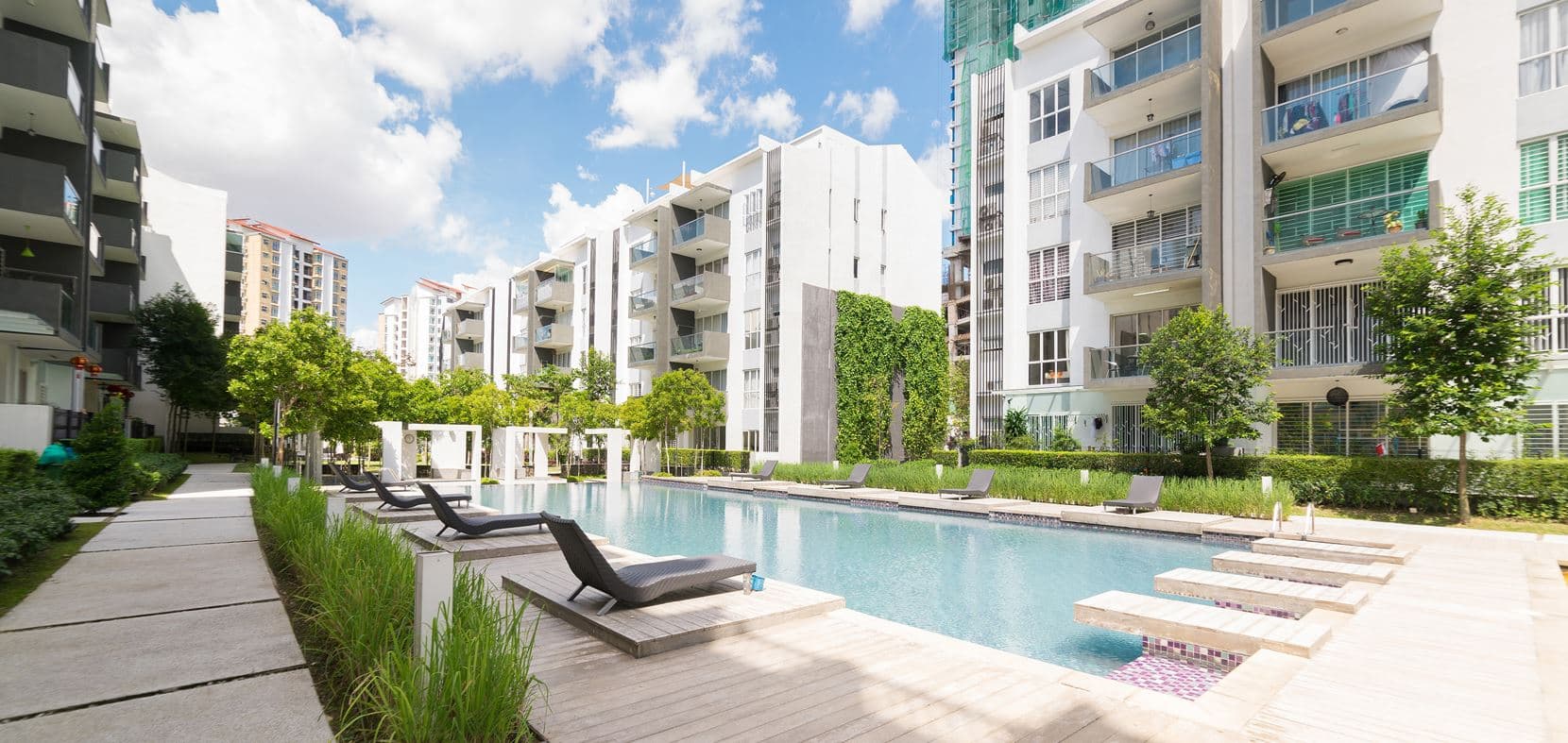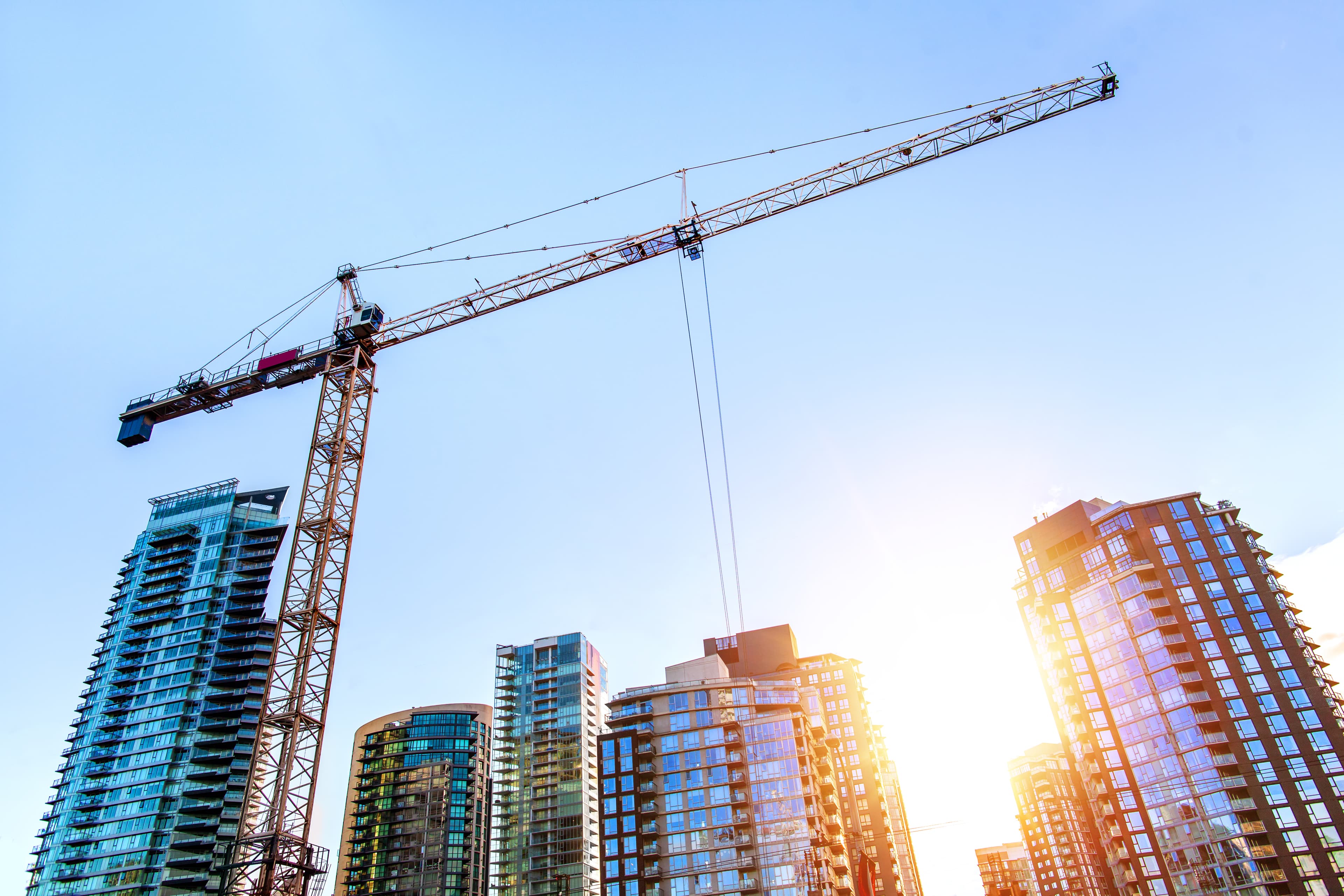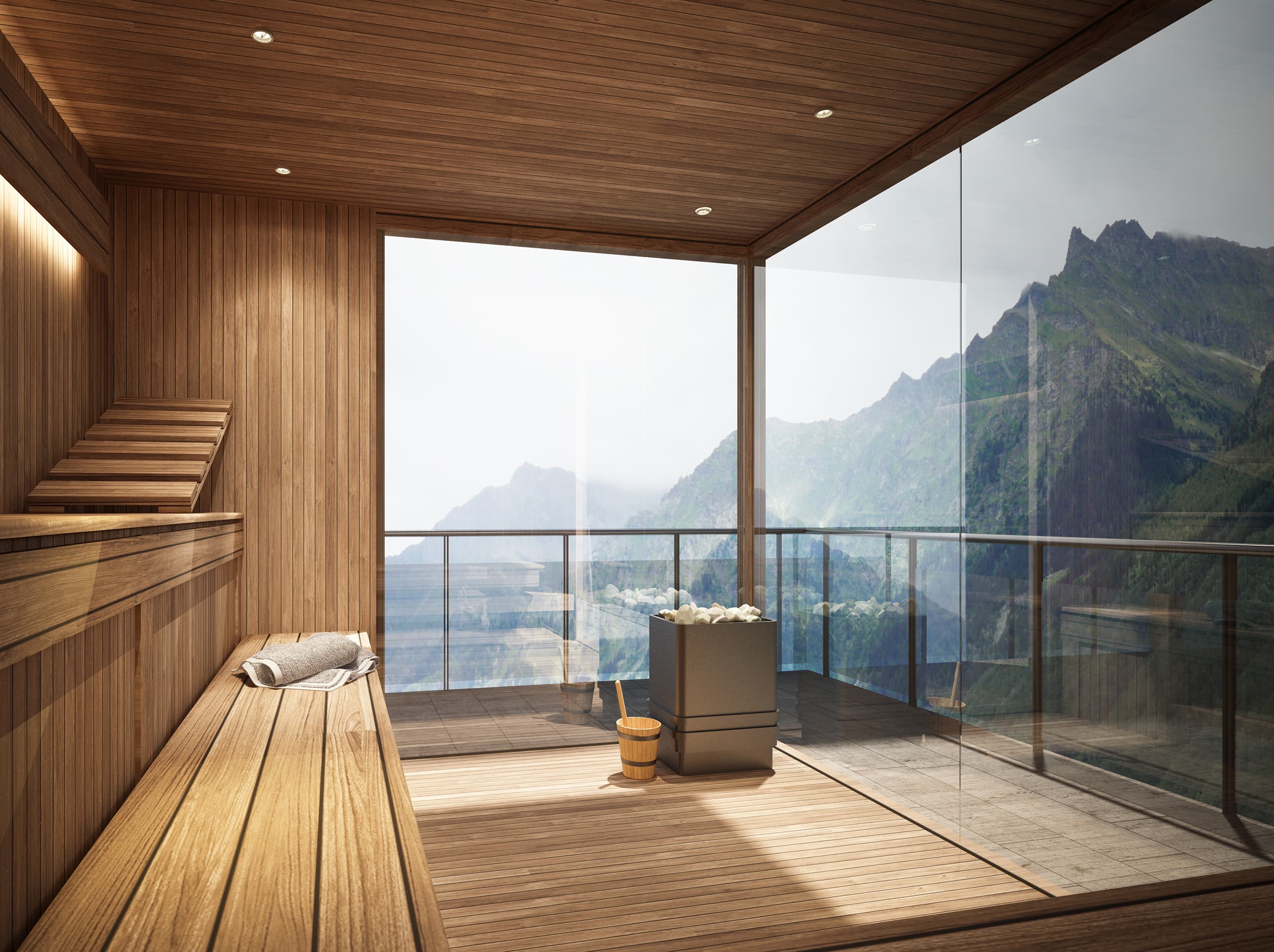Designing for demographic change: What do aging baby boomers want?
With even the youngest baby boomers approaching retirement, considerations must be made for the emerging needs and preferences of the senior cohort.

Key highlights
In the US, and in what some are calling a “silver tsunami”, all baby boomers will be 65 or older by 2030
With even the youngest members of this generation approaching retirement, considerations must be made for the emerging needs of an older community that is aging differently than its predecessors
Although traditional senior homes and long-term care facilities play a crucial role in supporting an aging population, it’s important to acknowledge that they may not be an appropriate fit for health-focused baby boomers, who are expected to remain far more independent later in life
Many of these individuals, aptly named 'active adults', are looking for properties that are thoughtfully designed to offer comfort, enrichment, and a community of like-minded peers eager to make the most of their retirement years
Now, more than ever, the ‘active adult’ segment represents a relatively untapped market niche and opportunity for investors and developers
What is a silver tsunami?
In case you haven’t noticed, the baby boomer generation (individuals born between 1946 and 1964) is getting older. According to the 2020 Census, there were approximately 73 million baby boomers in the US, and in what some are calling a “silver tsunami”, all baby boomers will be 65 or older by 2030. In fact, by 2034, seniors will outnumber children for the first time in US history.
In a 2023 TIME op-ed aptly titled, Why Americans Are Uniquely Afraid to Grow Old, Sheldon Solomon, a professor of psychology at Skidmore College, notes that America’s baby boomer population comes from a ‘uniquely privileged background’ that has helped to keep them somewhat removed from the frailties that traditionally come with aging. Think about it – most baby boomers grew up in what could be described as a golden age. From favorable economic conditions to incredible medical advancements, technological innovation and all the modern conveniences we have grown accustomed to, baby boomers may find themselves uniquely positioned to age gracefully.
A US Federal legislative change in 1972, Title IX, has also had a frequently unrecognized but undeniably impactful influence on how women in the baby boomer and younger generations approach healthy living and active recreation. Title IX, with its requirement of equal access to and funding for educational programs’ athletic programs for women, created a generation of women for whom it’s okay to sweat. Women’s participation in team sports, outdoor recreation like hiking and biking, and individual sports like tennis and running increased exponentially over the past fifty years, and those women have not shown any indication they plan to abandon their active lives in retirement.
At the same time, the longevity space is growing at a rapid pace; a trend which indicates a voracious appetite for anti-aging practices and a proactive, wellness-focused paradigm across generations. According to an analysis conducted by Bank of America, the longevity industry is already worth $110 billion and is projected to grow to $600 billion by 2025. With top researchers and technology providers dedicated to analyzing the underlying mechanisms of aging, uncovering age-reversal strategies and therapeutics, and applying modern solutions like cell and gene therapies, nanotech and AI-based diagnostics, we are stepping into a future of transformed healthcare – and longer lifespans. Not only do we want to live longer, healthier lives – today, we have the tools and research to make this a reality.
With even the youngest members of the baby boomer generation now approaching retirement, considerations must be made for the emerging needs and preferences of an older community – more specifically, an older community that is aging differently than its predecessors.
The emerging ‘active adult’ category
In a 2022 whitepaper, the National Investment Center (NIC) for Seniors Housing & Care defined what has now become a prominent segment within the senior population: active adults. “Active adult rental properties are age-eligible, market rate, multifamily properties that are lifestyle focused; general operations do not provide meals,” the organization said, noting that this is a vital, emerging market that deserves ample consideration and investment.
Formerly, the senior living sector was largely defined by care-centric, assisted-living facilities; however, the recognition of the active adult segment demonstrates the much-needed evolution of the senior living landscape. Although traditional senior homes and long-term care facilities play a crucial role in supporting an aging population, it’s important to acknowledge that they may not be an appropriate fit for health-focused baby boomers, who are expected to remain far more independent later in life.
“A lot of the traditional retirement communities were built around the hospitality model,” notes Bradley Schurman, the Founder and CEO of Human Change. “These buildings are, in effect, a movable cruise ship – and cost barriers aside, that gets pretty old, pretty quickly.”
Simply put, many individuals in their late 60s and early 70s today are not like the individuals in that age group just 10-20 years ago. After all, just a few decades ago, the concept of a 57-year-old stepping into the ring with a 27-year-old for a professional boxing match would be nothing short of an absurd work of fiction. Today, however, this precise scenario is expected to unfold in November when former heavyweight champion Mike Tyson fights YouTuber-turned-boxer Jake Paul. This may be an extreme example, but it speaks to a larger trend; a growing number of modern seniors are significantly more active, working longer, and living longer. As such, many of these individuals are looking for opportunities to remain active and connected to their community into their retirement and beyond, and need access to spaces that are thoughtfully designed to offer comfort, enrichment, and a community of like-minded peers eager to make the most of their retirement years.
Should they stay or should they go?
In many cases, seniors express a preference to ‘age in place’ at home; to this effect, the 2016 census in Canada revealed that over 85% of aging seniors would prefer to remain in their homes and communities as they age. But just as a traditional assisted-living facility isn’t the ideal fit for every senior, neither is aging in place. Homes purchased much earlier in life may not be fundamentally designed to support the transition into old age and these properties often have too much space and may become a burden from a maintenance perspective. However, even if aging baby boomers were to sell their home with the intention of purchasing a smaller, retirement-appropriate property within their neighborhood, there may be a lack of available supply to meet their needs and desired budget. Any senior selling in this market will have to buy in the same market, a task which may eat up a large majority of the equity they extracted through the sale of their family home. Moreover, if lending is required for the purchase of (or renovations on) that retirement home, individuals over the age of 65 may also have a harder time getting a mortgage from the bank.
In fact, the unwillingness for boomers to leave their large family homes has become a point of contention within the housing affordability debate as Millennial and Gen Z families struggle not only to enter the housing market, but purchase homes that are large enough to accommodate a growing family. To this effect, Redfin reports that empty-nest Baby Boomers own 28% of large homes, while Millennials with kids own just 14%, and Gen Z families own just 0.3% of homes with three bedrooms or more.
When we consider the reasons why many seniors wish to remain in their homes and communities for as long as possible, one factor in particular stands out: the importance of community. Oftentimes, traditional retirement facilities may not be placed directly in the community where a senior has lived for years – perhaps even decades. The neighborhood surrounding their current home is likely rife with meaningful familiarities and comforts; it’s where their friends are (and in some cases, their family members), where their favorite restaurant and grocery store is, and where their doctor’s office is, etc. Moreover, a healthy and independent baby boomer who doesn’t require support services likely won’t want to live in a community that was ultimately designed to take care of sick individuals.
To remove an individual from the area they know and love is no small ask, and the importance of community connection should not be understated. Research indicates that people with strong social support networks have a lower risk of developing cardiovascular diseases. Social connection is also shown to improve immune system function and can inspire people to adopt and maintain healthier behaviors that have a meaningful impact on their quality of life and lifespan. From a cognitive health perspective, engaging with others in social settings helps to foster mental agility, creativity, and problem-solving skills that help seniors maintain their independence later into life.
Today, aging baby boomers are approaching an inflection point. It may not make sense to stay in the homes they bought to raise their kids in, but the idea of transitioning into a traditional retirement community outside of their current neighborhood and social network likely isn’t appealing, either.
A multifamily development created specifically for active adults, however, paints a much more compelling picture.
What does an ‘active adult’ rental property look like?
An ‘active adult’ rental property is an age-qualified multifamily development that offers older residents access to a vibrant community and many of the same amenities you would find at any other multifamily property, such as a gym, a pool, theatre rooms, pickleball courts, walking paths, and bike trails.
Unlike traditional senior living communities, these developments are not a medical facility and do not offer the associated support services; however, they may very well offer services common to multifamily properties that lend favorably to the experience of aging. “Developers have really started to think through the lens of inclusive design,” shares Schurman. “They are building communities that will be more attractive to more people and, as it turns out, many of the services attached to these properties are just as appealing to older adults as they are to younger residents. You can get your dry cleaning done, you have a drop area for packages, you don’t have to deal with landscaping or snow removal, and if the faucet breaks, you call the super. There is a unique opportunity here for developers that build inclusively with accessible design that can cater to the evolving preferences of an aging population.”
Some of the core considerations for inclusive/equitable design include automatic doors, wheelchair accessibility (including wheelchair-accessible bathrooms), elevator access, the removal of thresholds from doorways, comfort-height toilets, lever-style handles instead of doorknobs, lighting automations, and induction range ovens instead of gas stoves. “Within a shower or bathroom, developers should at least account for the ability to put in a grab bar eventually,” adds Schurman. “You also have to be mindful of material choices – for example, if you want marble in the bathroom, you should opt for small formats that aren’t polished to allow for better grip. And one of the greatest investments developers can make – or anyone who simply wants to ‘age-proof’ their home – is good lighting.”
Ultimately, the important design considerations for an aging population are simply universal design considerations. Designing for human beings is good for all human beings; whether you’re building a multifamily property for all ages, or one specifically for active adults, the design choices, services, and amenities included should make the building more appealing to everyone.
Using market research to identify development opportunities
Now, more than ever, the ‘active adult’ segment represents a relatively untapped market niche and opportunity for investors and developers. However, the importance of market research (using the right tools) to identify ideal locations for these multifamily properties is paramount. By looking at top level demographics and economics, as well as household finances and home values, you can identify the census tracks that are most likely to see increasing demand in this segment. From there, you should identify those areas that have a lot of family homes built 20-30 years ago, and whether or not there is available stock of single-family homes, multifamily communities, or retirement facilities in the area.
For example, Altus Group’s StratoDem Analytics macroeconomic and demographic forecast engine helps developers identify the likeliest regions for demand growth for multifamily age-qualified communities focused on active adults. Combining this machine-learning-driven data with consumer research would illuminate the ideal locations for new active adult multifamily development as well as the specific design attributes that will create differentiation. What are aging baby boomers (who are interested in renting after they sell their home) really looking for in a multifamily community? How important is natural light? Is outdoor space important, or is a balcony or rooftop terrace adequate? Is a fitness center enough, or would residents prefer the addition of a yoga or spin room where classes are taught? Ultimately, understanding what this population places economic value on – and what they’re willing to move for – is the key to breaking the mold of traditional senior living and creating something far more modern and enticing.
Capitalizing on the boom
The baby boomer age cohort has driven demand for new residential products throughout their lives. When they graduated from college, multifamily rental product demand skyrocketed, and the industry responded with incredible supply growth. As they entered their peak years of family formation, master-planned communities exploded. Now that the baby boomers are retiring, many in the senior housing sector have been anticipating demand for traditional independent and assisted living facilities. Just as they changed the residential landscape in previous life stages, baby boomers are poised to redefine how they age, and this presents a new opportunity for residential real estate to meet their new outlook.
Want to be notified of our new and relevant CRE content, articles and events?
Author

Sally Johnstone
Senior Manager
Author

Sally Johnstone
Senior Manager
Resources
Latest insights


Mar 27, 2025
2025 Canadian Cost Guide: Costs are stabilizing despite looming threats on the horizon


Jan 22, 2025
Building solutions - The impact of CMHC loans on Canada's rental development efforts


May 16, 2024
